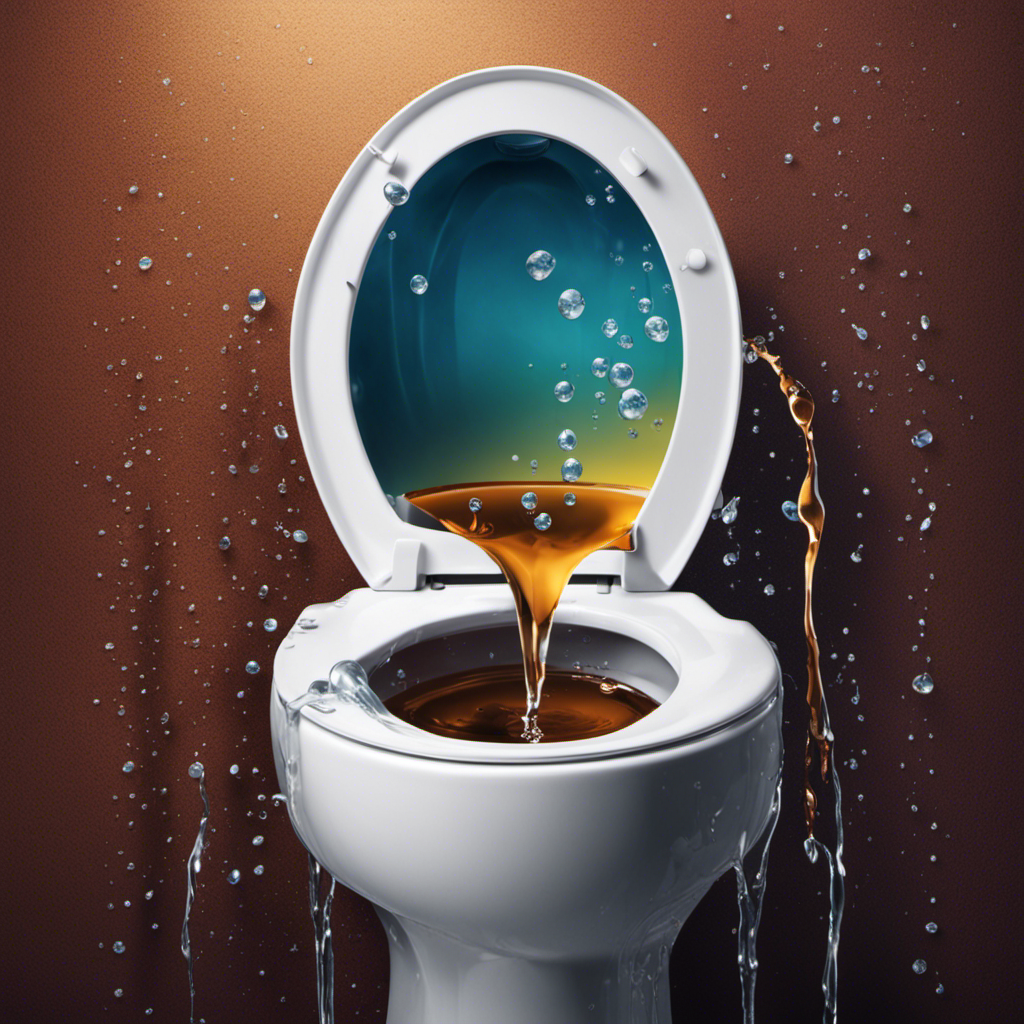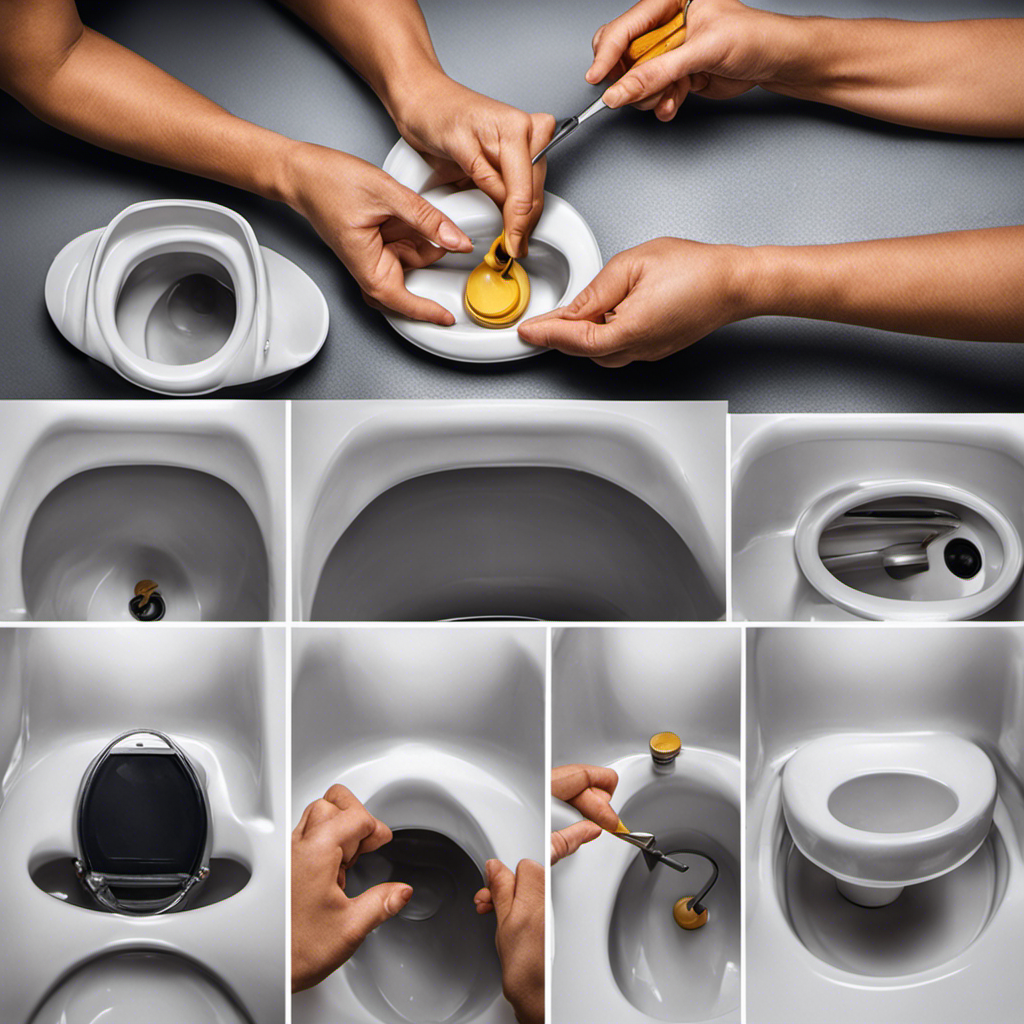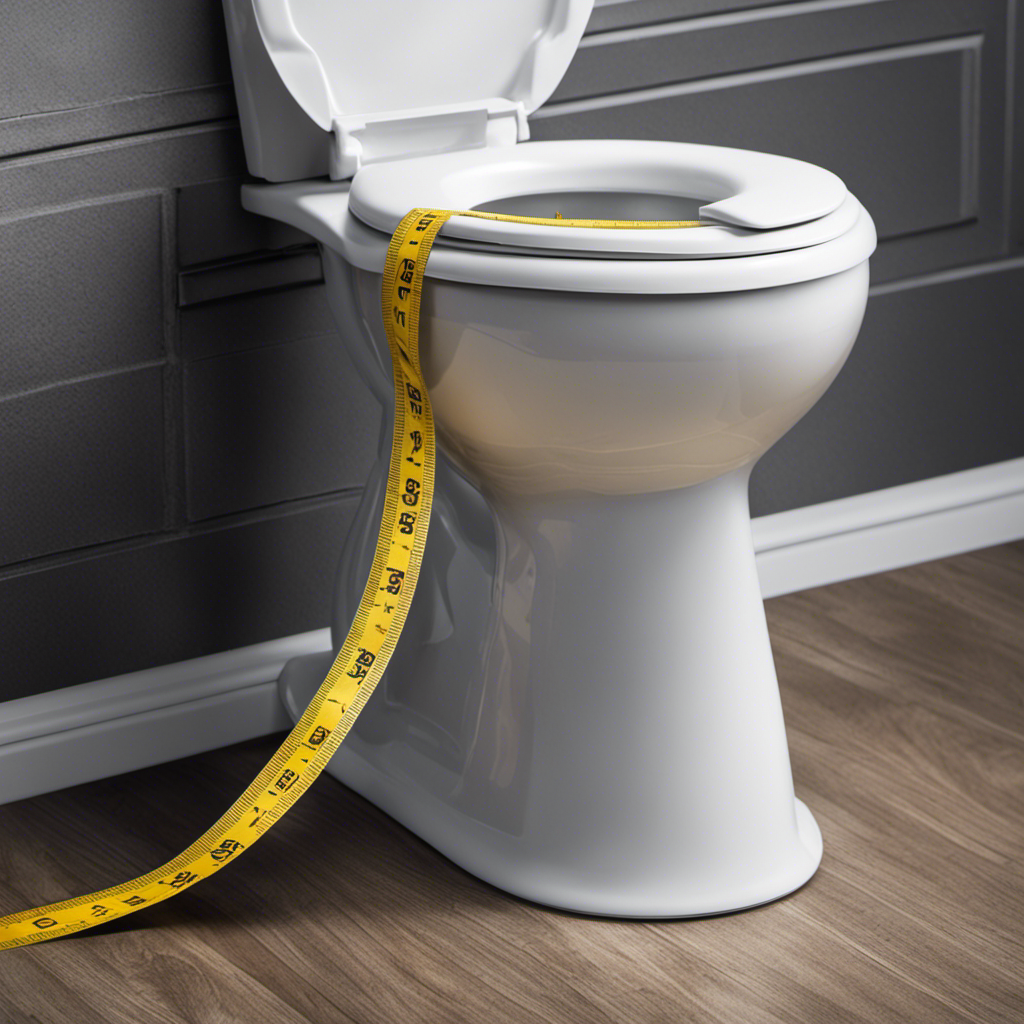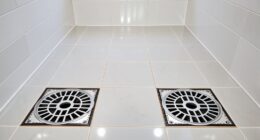So, you’ve managed to drop your phone in the toilet. Great. Just great. But don’t panic just yet! I’ve got some helpful tips to get you out of this sticky situation.
In this article, I’ll guide you through the steps you need to take to assess the damage, retrieve your phone, power it off, dry and clean it, and even when it might be time to seek professional help.
Trust me, you’ll be back to scrolling through memes in no time.
Key Takeaways
- Act fast to minimize water damage.
- Power off the phone immediately after retrieval.
- Remove the battery (if possible) to minimize damage.
- Use DIY drying techniques like silica gel packets or rice.
Assess the Damage
Now, you’ll need to quickly assess the damage to your phone after retrieving it from the toilet. Water damage can be detrimental to electronic devices, so it’s important to act fast.
First, check if your phone is still on. If it is, turn it off immediately to prevent any short circuits.
Next, inspect the exterior for any visible signs of water damage, such as water droplets or condensation. If you notice any, do not attempt to turn on your phone. Instead, proceed with the steps for repairing water damage.
If there are no visible signs, you may still want to take precautionary measures to ensure that the internal components are dry. Tips for preventing future accidents include using waterproof phone cases, keeping your phone away from water sources, and being mindful of where you place your device.
Now that you’ve assessed the damage, it’s time to retrieve your phone.
Retrieve Your Phone
After checking for any potential dangers, quickly retrieve your phone from the toilet. It’s important to act fast to minimize water damage.
If you have a waterproof phone case, there’s a good chance your phone is protected from water damage. However, even with a waterproof case, it’s still important to remove your phone from the toilet as soon as possible.
Once you have retrieved your phone, turn it off immediately to prevent any potential short circuits. Do not try to charge or turn on your phone until it is completely dry.
There are several DIY phone drying techniques you can try, such as using silica gel packets or rice to absorb moisture. Place your phone in a sealed bag with the drying agent and leave it for at least 24 hours. Remember, patience is key during this process.
Power Off and Remove Components
Once you’ve retrieved your phone from the toilet, make sure to power it off immediately and remove any removable components. Water damage can be disastrous for your phone, so taking preventive measures is crucial. Here’s what you should do next:
-
Power off your phone: Press and hold the power button until the device shuts down completely. This will prevent any short circuits or electrical damage.
-
Remove the battery (if possible): If your phone has a removable battery, take it out to minimize the risk of further damage.
-
Take out SIM and memory cards: Carefully remove the SIM card and memory card from their slots. This will prevent any corrosion or data loss.
-
Dry the phone: Use a soft cloth or paper towel to gently pat the phone dry. Avoid using heat sources like a hairdryer, as this can cause more harm.
-
Leave it to dry: Place your phone in a bag or container filled with uncooked rice or silica gel packets. These will help absorb moisture from the device.
Dry and Clean the Phone
Make sure to gently dry and clean your phone using a soft cloth or paper towel. This step is crucial in preventing further damage to your phone. After removing your phone from the toilet, you should immediately power it off and remove any components that are removable, such as the SIM card and battery. Once you have done that, it’s time to dry and clean your phone. Use a soft cloth or paper towel to gently wipe away any excess water or moisture. Be sure to pay special attention to the charging port, headphone jack, and any other openings where water may have entered. It is important to be thorough in order to prevent any potential damage.
| Component | Cleaning Method |
|---|---|
| Screen | Use a soft cloth to gently wipe the screen |
| Back Cover | Wipe the back cover with a soft cloth or paper towel |
| Buttons | Use a cotton swab dipped in rubbing alcohol to clean the buttons |
| Ports | Use a toothpick or cotton swab to remove any debris from the ports |
In the event that your phone is damaged beyond repair, you may need to consider an emergency phone replacement. It is always a good idea to have a backup phone or a spare phone in case of such emergencies. Additionally, investing in a waterproof phone case can help protect your phone from water damage in the future. These cases are designed to provide a waterproof barrier, keeping your phone safe even if it accidentally falls into water.
Seek Professional Help
If you are unable to fix the water damage on your phone, it’s time to seek professional help. While there are many DIY techniques for drying a waterlogged phone, sometimes the damage is too severe for us to handle on our own.
Here are some common mistakes to avoid when trying to fix a water damaged phone:
- Delaying the drying process: The longer you wait, the more damage can occur.
- Using heat sources: Heat can further damage the internal components of your phone.
- Shaking or blowing on the phone: This can push water deeper into the device.
- Not removing the battery (if possible): Leaving the battery in can cause a short circuit.
- Trying to charge the phone: This can cause further damage to the charging port and battery.
Frequently Asked Questions
Can I Use a Hairdryer or Put My Phone in the Oven to Speed up the Drying Process?
Using a hairdryer or putting your phone in the oven is not recommended. It can cause further damage to your phone and may even be a safety hazard. It is best to follow proper drying methods to avoid any potential harm.
Will My Phone Still Be Covered by Warranty if It Gets Damaged by Water?
If my phone gets damaged by water, will it still be covered by warranty? Yes, most warranties do not cover water damage. It’s important to check if your insurance covers water damage to avoid any unexpected costs.
Is It Safe to Charge My Phone After It Has Been Dropped in the Toilet?
It’s not safe to charge your phone right after dropping it in the toilet. It could cause further damage. Instead, focus on drying it thoroughly using alternative methods before attempting to charge it.
How Long Should I Leave My Phone in Rice to Dry?
When my phone took an unexpected dip, I panicked. But I quickly learned that leaving it in rice for 24-48 hours can work wonders. However, using silica gel instead is even more effective. Plus, I discovered some helpful tips to prevent future water damage.
Can I Use Rubbing Alcohol or Disinfectant Wipes to Clean My Phone After It Has Been in the Toilet?
Yes, you can use rubbing alcohol or disinfectant wipes to clean your phone after it’s been in the toilet. However, it’s important to be cautious and follow the manufacturer’s guidelines. Additionally, there are alternative methods for drying a wet phone, such as using silica gel or a hairdryer on a low setting.
Conclusion
So, there you have it – what to do if you find yourself in the unfortunate situation of dropping your phone in the toilet.
Remember, it’s important to assess the damage, retrieve your phone quickly, power it off, and remove any components.
Then, dry and clean the phone thoroughly before seeking professional help if necessary.
By following these steps, you can increase the chances of saving your phone from its watery fate.
Stay cautious and act swiftly, and your phone may just survive its unexpected plunge.










